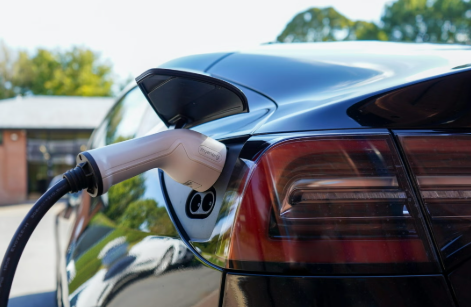Electric Vehicles: The Tech Behind the Shift

The rise of electric vehicles (EVs) marks a pivotal shift in transportation, driven by technological advancements. Key innovations in battery technology, particularly solid-state batteries, promise improved energy efficiency and safety. Meanwhile, the expansion of charging infrastructure enhances accessibility for users. As smart features and connectivity become integral to EV design, they pave the way for future developments. This convergence of technology suggests a transformative impact on energy management and emissions reduction, prompting further exploration into its implications.
Advancements in Battery Technology
As the demand for electric vehicles (EVs) continues to surge, advancements in battery technology have become crucial for enhancing performance and sustainability.
Solid state batteries present a promising solution, offering higher energy density and improved safety over traditional lithium-ion batteries.
Moreover, their potential for fast charging capabilities could revolutionize the EV landscape, providing drivers with the freedom and convenience they seek in modern transportation.
Read more: The Rise of Sustainable Consumer Electronics
Expanding Charging Infrastructure
The rapid advancements in battery technology have highlighted the pressing need for an equally robust charging infrastructure to support the growing electric vehicle (EV) market.
Expanding charging networks is crucial for enhancing public accessibility, ensuring that drivers can recharge conveniently and efficiently.
As the demand for EVs rises, seamless integration of charging stations into urban and rural landscapes becomes essential for fostering widespread adoption and freedom of movement.
Smart Features and Connectivity
How do smart features and connectivity reshape the experience of electric vehicle ownership? These advancements enable seamless integration with autonomous driving technologies, enhancing safety and efficiency.
Furthermore, the vehicle-to-grid capability allows owners to harness their EVs as energy sources, promoting sustainability. This interconnectedness empowers drivers, offering unprecedented freedom in mobility and energy management, ultimately transforming their relationship with transportation and energy consumption.
Conclusion
In conclusion, the evolution of electric vehicles, driven by advancements in battery technology, an expanding charging infrastructure, and enhanced smart features, exemplifies a paradigm shift in transportation. As these innovations converge, they not only enhance user experience but also herald a future reminiscent of the great industrial revolutions, where mobility and sustainability intertwine. The ongoing advancements position EVs as integral to energy management and emission reduction, marking a significant chapter in the annals of technological progress.





